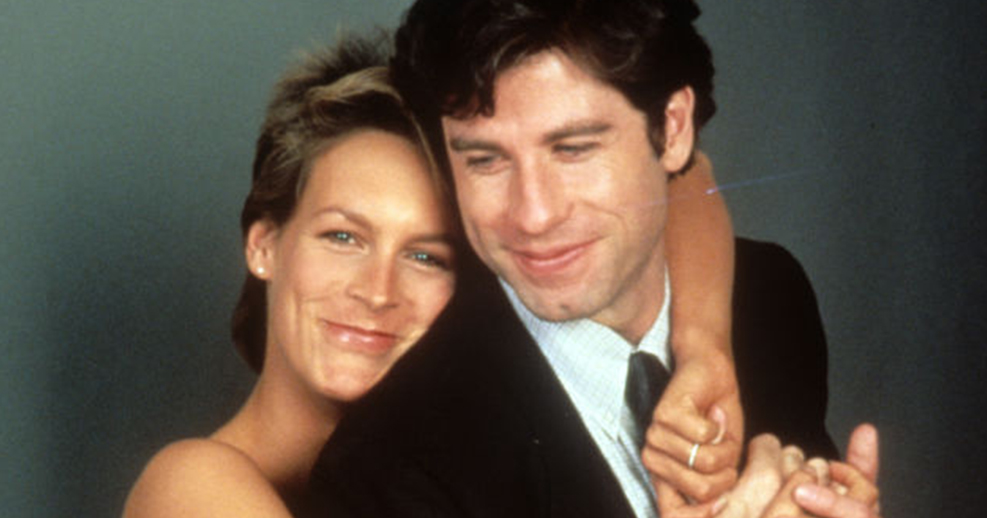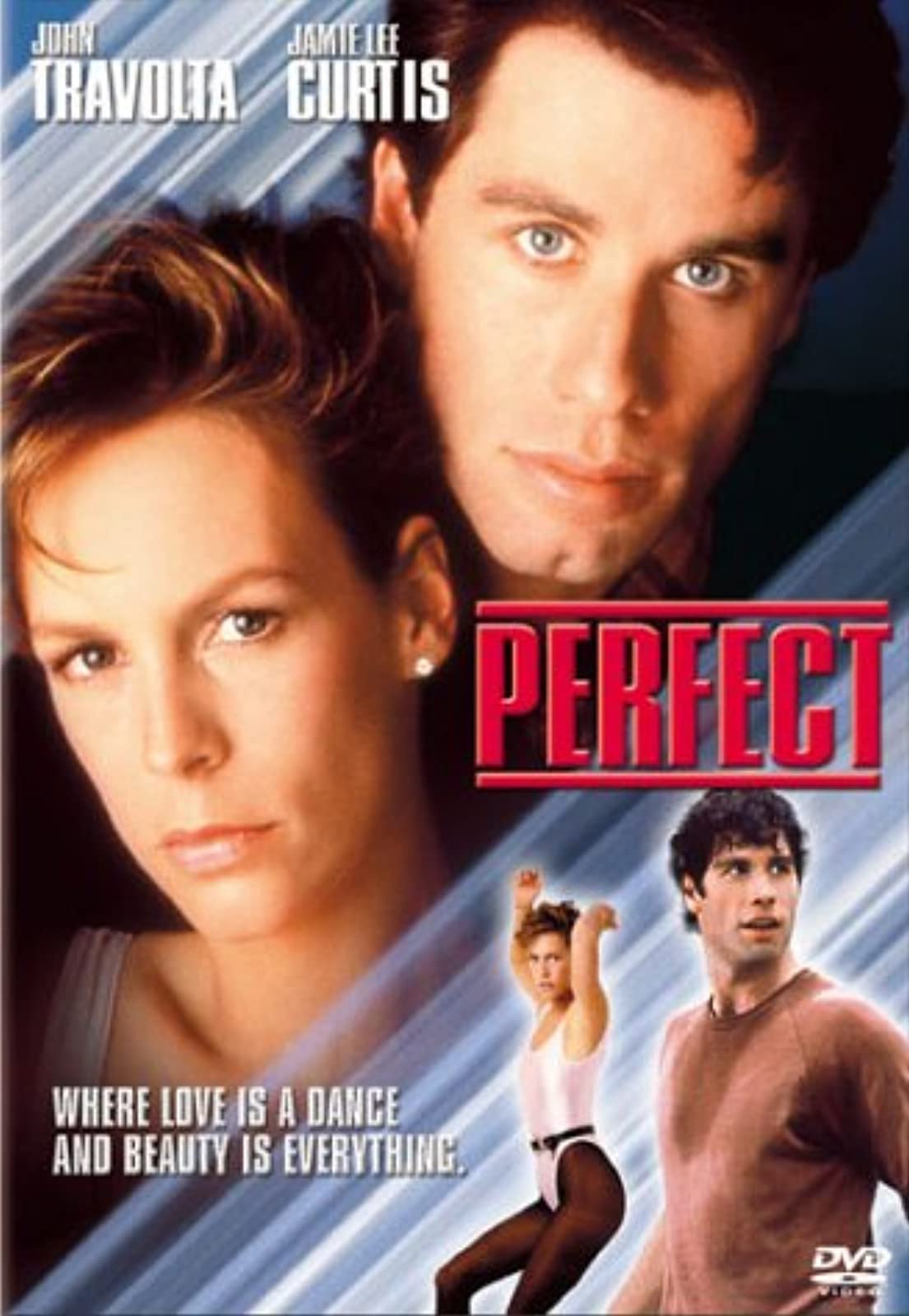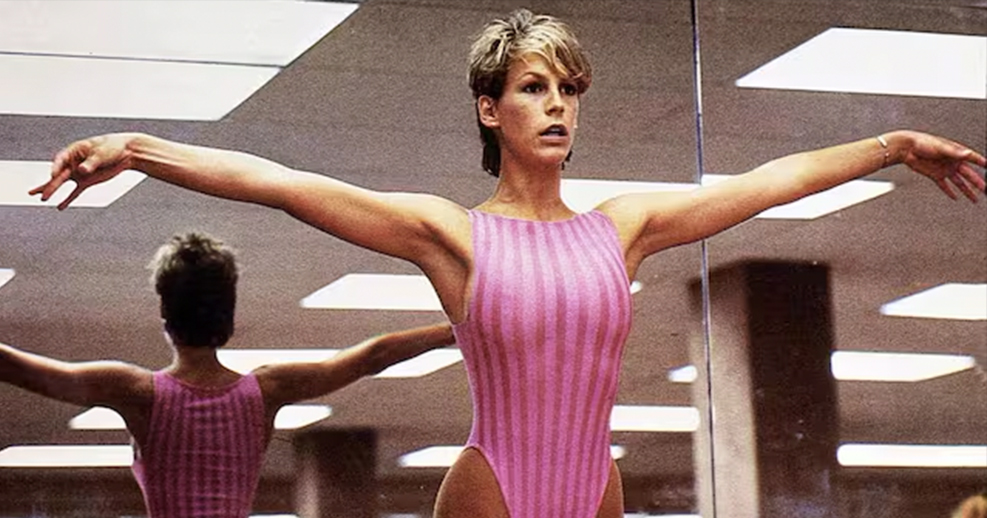The Unlikely Journey of “Perfect”: An 80s Film That Missed the Mark
In the mid-1980s, the film industry was buzzing with excitement, and the idea of a romantic drama featuring a glamorous John Travolta alongside the spirited Jamie Lee Curtis seemed like a perfect recipe for success. With a budget of $20 million, the film “Perfect” was packed with all the essential ingredients for a blockbuster hit: popular stars, a contemporary theme centered around the burgeoning fitness craze, and the direction of the talented James Bridges. However, upon its release in 1985, “Perfect” shockingly flopped, grossing a mere $12.9 million worldwide. This raises an intriguing question: what went wrong with a film that appeared to have everything going for it?

The Star Power That Couldn’t Save the Film
When Travolta and Curtis were cast, expectations soared to dizzying heights. Both actors were at the peak of their careers; Travolta had just come off iconic roles in classics like “Saturday Night Fever” and “Grease,” while Curtis was transitioning from her successful horror and comedy roles into something more athletic and dynamic. The promotional strategies leading up to the film’s release capitalized on this star power, generating immense media hype. However, despite the duo’s charisma and extensive fanbases, critics were unforgiving. The film received three Golden Raspberry Awards nominations, including Worst Actor for Travolta and Worst Supporting Actress for Marilu Henner. This critical backlash not only marred the film’s box office performance but also temporarily stalled Travolta’s career, casting a long shadow over his subsequent projects.

A Plot That Struggled to Engage
The narrative of “Perfect” follows journalist Adam Lawrence, played by Travolta, who is tasked with interviewing a successful businessman suspected of drug-related activities. However, the plot takes a turn when Adam finds himself drawn to Jessie Wilson, an aerobics instructor portrayed by Curtis, who is deeply skeptical of journalists. The premise, which sounds engaging on paper, quickly devolves into a series of disjointed interactions that fail to captivate the audience. Critics noted that the screenplay was riddled with clichés and a lack of substance, leading to confusion and disinterest among viewers. Despite the allure of the fitness craze in the 80s, the film’s execution ultimately alienated its audience, who found it lacking in both depth and coherence. The missed opportunities for character development and meaningful dialogue left many feeling unsatisfied, marking a stark contrast to the rich narratives of other romantic dramas of the era.

The Campy Aesthetic and Its Reception
One of the most enduring legacies of “Perfect” is its unintentional campiness. Critics and audiences alike noted the bizarre choices made throughout the film, from Travolta’s revealing gym attire to the seemingly endless aerobics sequences that some humorously described as “softcore fitness porn.” The film’s peculiar charm, while fascinating to a niche audience, led many mainstream viewers to question its artistic integrity. The infamous aerobics scenes, filled with pelvic thrusts and exaggerated movements, showcased the film’s over-the-top nature, which contributed to its R rating. These scenes became emblematic of the film’s failure to resonate with its intended audience, distancing it further from mainstream acceptance. Ironically, the very elements that contributed to its flop have since become points of fascination for fans who appreciate the film’s unique, albeit flawed, approach to storytelling.
A Behind-the-Scenes Perspective
Filming “Perfect” was fraught with challenges that exacerbated its shortcomings. Originally slated for 81 days of shooting, the project ballooned into a staggering 140 days. Jamie Lee Curtis, accustomed to more rapid productions, expressed her frustration at the prolonged timeline, which created tension on set. The ambitious set design, which included a replica of the Rolling Stone offices, demanded more resources and time than initially anticipated. Director James Bridges defended the extended shooting period, emphasizing that the quality of the final product was paramount. However, as the film’s release approached, the mounting pressures became evident, and many in the industry were left speculating whether the extended timeline had been worth it. Ultimately, the movie’s dismal reception proved that even with additional time, the film could not overcome its critical shortcomings.
Cultural Legacy and Cult Following
Despite its initial failure, “Perfect” has since garnered a surprising cult following, often celebrated for its audacious style and the performances of Travolta and Curtis. Over the years, fans have come to appreciate the film not for its intended romantic drama narrative but for its campy charm and over-the-top performances. Jamie Lee Curtis herself has reflected on her role, revealing that she viewed Jessie Wilson not as an epitome of perfection but as a symbol of personal freedom and self-expression. Critics have since reevaluated the film’s legacy, placing it on lists of “enjoyably bad movies” and acknowledging the unintentionally humorous aspects of its flawed execution. In recent years, Curtis even revisited her aerobics scene on “The Tonight Show,” showcasing her enduring spirit and ability to laugh at the film’s outlandishness. This revival of interest underscores the film’s place in pop culture and the way it continues to resonate with audiences decades later.
The Lessons Learned
Ultimately, the story of “Perfect” serves as a poignant reminder that even the most carefully crafted projects can falter. From the disjointed plot to the questionable creative decisions, the film faced numerous obstacles that led to its failure. Yet, it also highlights the complexities of filmmaking, where star power and high budgets do not guarantee success. The unexpected charm of “Perfect” reflects a unique moment in cinematic history, inviting discussions about the changing landscape of film and the evolving expectations of audiences. While it is easy to point fingers at the film’s missteps, it is equally important to acknowledge the cultural tapestry it weaves within American cinema. As we revisit this 80s gem, we must recognize both its flaws and its contributions, celebrating the way it invites us to reflect on what makes a film truly resonate with viewers.

















